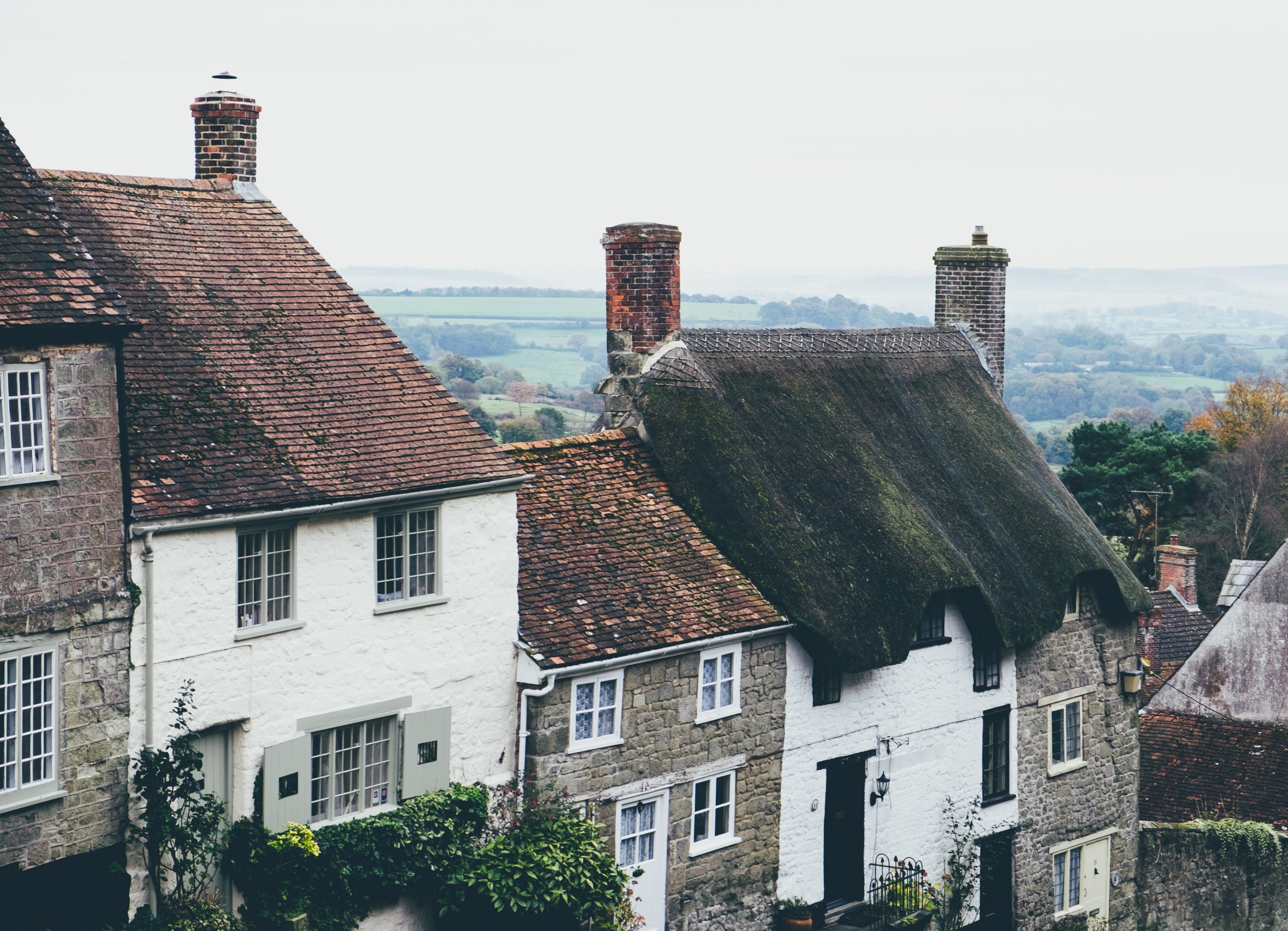As it is getting chilly outside, we all dream to huddle by a fire. But, sometimes we don’t want to be outside in the cold for a bonfire. Thankfully we have the opportunity to sit by the fire in our own homes with the use of different types of chimneys. Chimneys have been defrosting our toes for many many years. In fact, Romans were the first that we know of to use tubes or chimneys in bakeries to drive out smoke. However, we did not start seeing chimneys in homes until around the twelfth century in England. Then in around the sixteenth and seventeenth centuries, chimneys grew more and more common in homes.
What Are Chimneys Made Of?
Chimneys originally were made of what people could find around them, like wood and mud which was in abundance. As time has passed and we naturally developed better alternatives for those materials, chimneys began to be built from brick or stone. Chimneys made with bricks are very common and probably what we all think of when we think of chimneys. Chimneys in homes are made vertically to allow smoke and fumes to exit the house safely. But, it is not unknown for horizontal chimneys to exist, just not in your homes.
Types of Chimneys
Although brick chimneys are what we know of the most, they are not the only types of chimneys. Chimneys can be and are made of other materials too. There are masonry chimneys (as we usually know them), metal chimneys, factory chimneys, and more! Let us dive into what makes each of them different below.
1. Masonry Chimneys
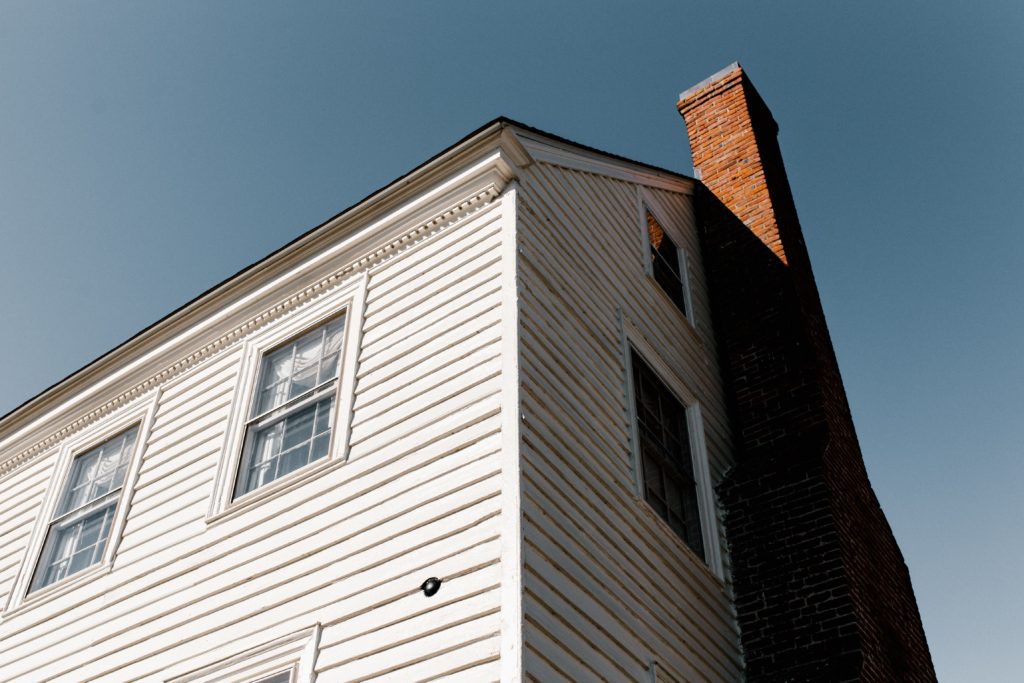
As I have mentioned, masonry chimneys are the most known and common chimneys. These are the standard chimneys for most homes. These are made from masonry or stonework. Such materials include brick, cement, stone, mortar, and blocks. These chimneys are built with a fireplace connected to them that are usually made of whichever type of masonry the chimney is also made from. Bricks are great material because they are not just sustainable. They also absorb the heat traveling through the fireplace and chimney. That means that during those cold winter months, the heat from your fire will also radiate through your home from the bricks. Such a great way to keep warm! Not to mention that exposed masonry like bricks is very aesthetically pleasing in the home.
2. Metal Chimneys
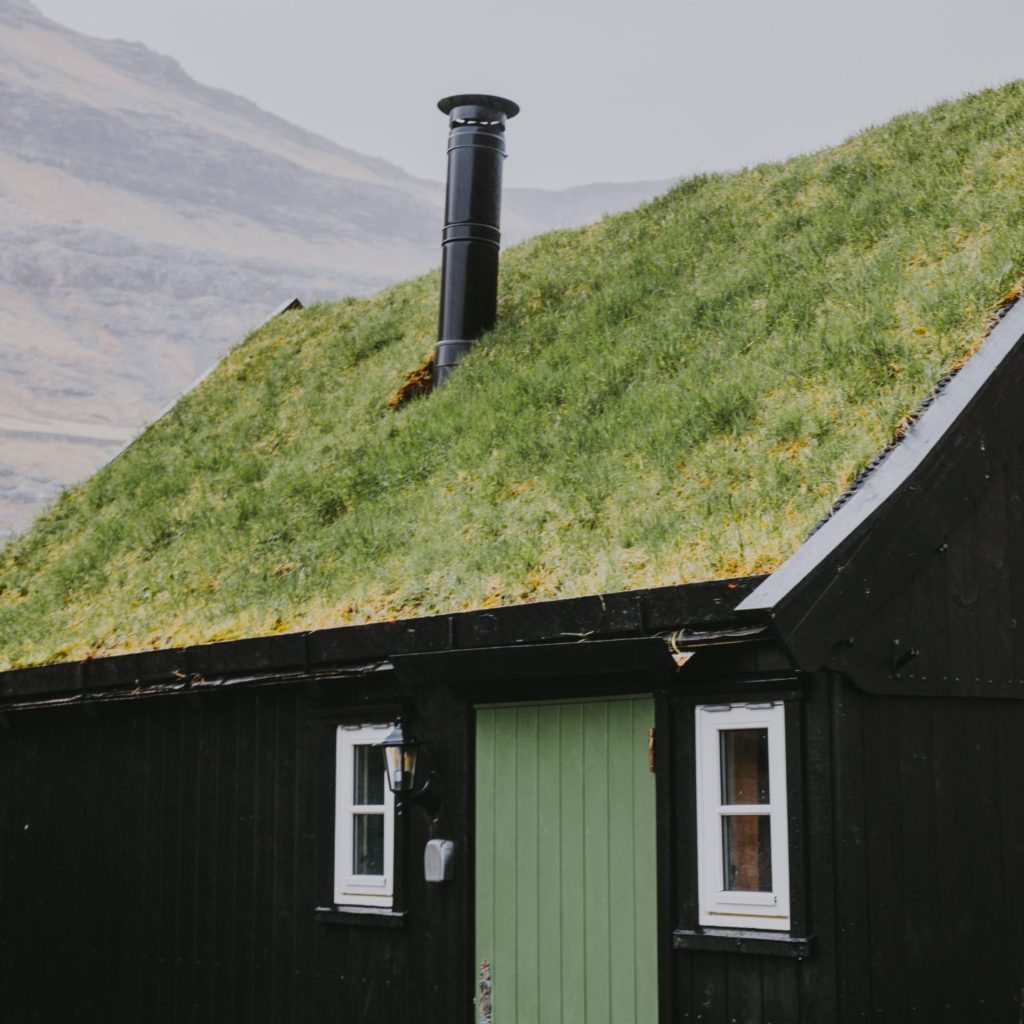
The first metal chimney was created and used in the 1920s with the name metalbest or metalbestos. Metal chimneys are either double or triple walled to provide insulation and disperse the heat in the chimney properly. Metal chimneys are usually made of an exposed metal like stainless steel. There are different types of these chimneys depending on what fuel or smoke they are exhausting. If you like a more modern or industrial design approach for your home, then a metal chimney would be a great addition. But, if you still like the more traditional and rustic look for your chimney, you can always over your metal chimney with a masonry case or frame.
3. Factory-Built Chimneys
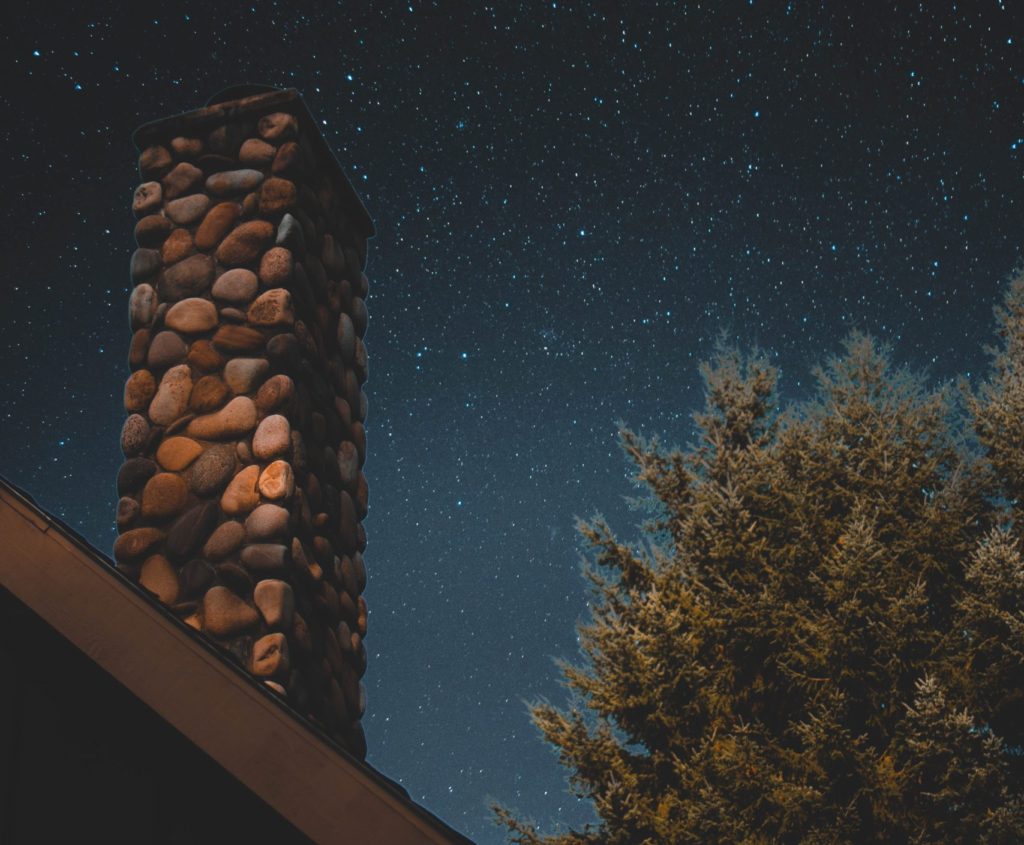
The biggest difference between a factory chimney and say a masonry chimney is that one is produced in a factory while the other is built at the home site by masons. After production, factory-built chimneys are installed right in the home and are usually covered with a wooden chase and a metal cap. These types of chimneys and fireplaces are generally smaller than their masonry counterparts. One of the great things about factory-built chimneys is that if they get damaged you may want to replace them. They are easy to remove and the process costs much less than your standard chimney.
To Conclude
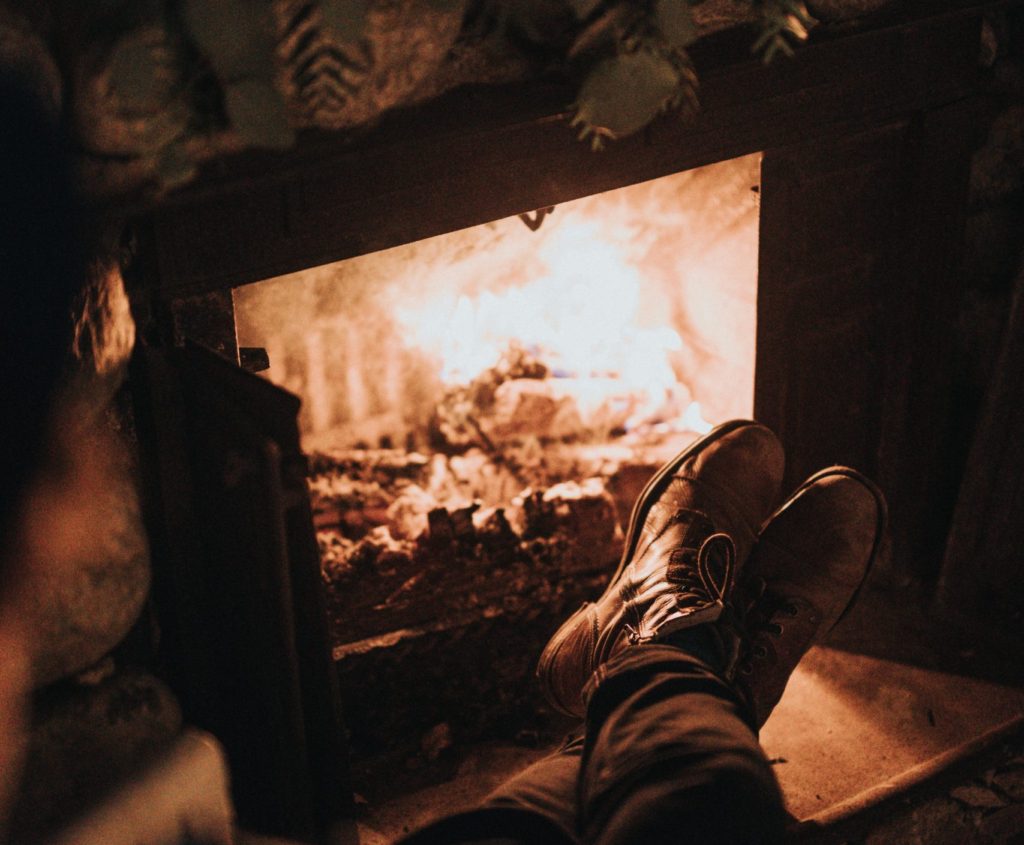
Regardless of which type of chimney you may choose, each one will provide you and your family many years of warmth and smiles. That is what is really important. Every different kind offers a unique architectural design that matches the style you desire.

